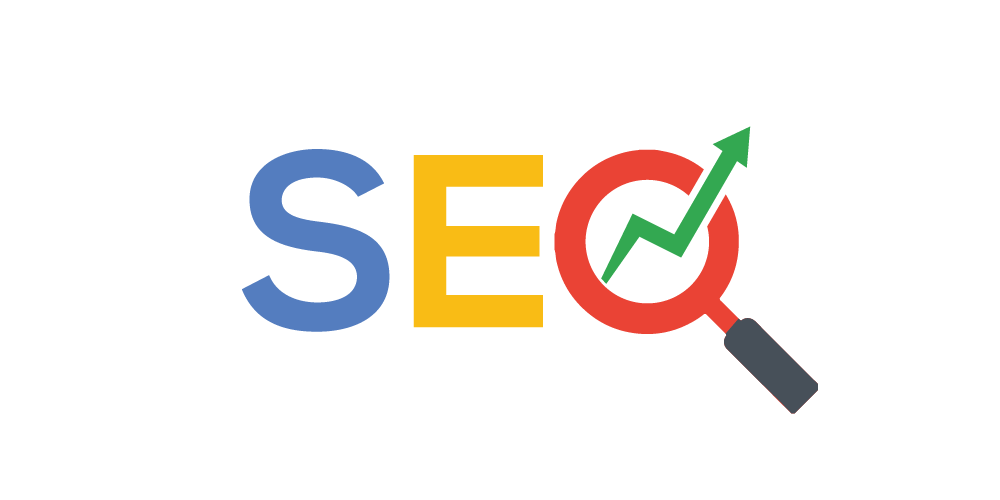When you search Google for a step-by-step guide to fixing your unfortunate flat tire, SEO is the reason you find exactly what you are looking for.
It is a harsh reality that if your company does not have a presence on Google, it will face a digital uphill battle. Most marketers understand the importance of SEO, and it is one of the trends in which they are investing the most this year.
This guide will teach you what SEO is, how to build your online presence using Search Engine Optimization (SEO), and what you need to do to position your site in search engine results.
What is SEO?
SEO is an abbreviation for search engine optimization. SEO’s goal is to increase a company’s visibility in organic search results. As a result, these efforts drive more visitors to the company’s website, increasing the likelihood of more conversions, which leads to more customers and revenue.
When asked to define SEO, I often refer to it as a strategy to ensure that when someone searches for your product or service category, they find your website.
However, this simplifies the discipline slightly.
There are numerous methods for improving the SEO of your site’s pages. Title tags, keywords, image tags, internal link structure, and inbound links (also known as backlinks) are all factors that search engines consider. Search engines also consider site structure and design, visitor behavior, and other external, off-site factors when determining how high your site should rank in their SERPs.
With all of these factors considered, SEO primarily influences two things: rankings and visibility.
But, before I go any further, I would like to point out that many resources make SEO appear complicated. They may even scare you away. I assure you that this guide is not like that. I will break SEO down into its most basic components. You will also get to know how to use all of its components to create your own successful SEO strategy.

How Does SEO Work?
SEO works by optimizing a website’s content, conducting keyword research, and acquiring inbound links to raise the ranking and visibility of that content.
- Rankings: This is how search engines determine where to place a specific web page in the SERP. Rankings range from zero to the total number of search engine results for the query. And a web page can only rank for one position at a time. A web page’s ranking may change over time due to age, competition in the SERP. And also algorithm changes made by the search engine itself.
- Visibility: This term refers to how visible a specific domain is in search engine results. Lower search visibility occurs when a domain is not visible for a large number of relevant search queries. Whereas higher search visibility is the opposite.
Both are in charge of achieving the primary SEO goals of traffic and domain authority.
What’s the importance of SEO?
Another important reason to use SEO is that it virtually helps you position your brand throughout the entire purchasing journey.
As a result, SEO can ensure that your marketing strategies are in sync with the new purchasing habits.
Because, as Google acknowledged, customer behavior has permanently changed.
Google holds 92.08% of the global search engine market share as of July 2023.
Furthermore, they prefer to complete the majority of the purchasing process on their own.
For example, 86% of consumers believe that search engines are the best source of information. People of all ages use search engines to find answers online.
As a result, the only way for customers to notice and consider you is to appear in their search results.
How does Google know how to rank a page?
Search engines serve a single purpose. They strive to provide the most relevant answers or information to users.
When you use them, their algorithms select the pages that are most relevant to your query. Then, sort them by authority or popularity, displaying the most authoritative or popular first.
Search engines examine four major factors to deliver relevant information to users:
- The intent behind a search query can be revealed by analyzing the meaning, and by understanding that intent, it is easier to provide the most helpful content.
- Relevancy is the relationship between a search query and the content on a page, which search engines evaluate using various factors such as topic or keywords.
- Quality of content, which employs the E-E-A-T model to surface content that appears to be the most useful based on signals such as expertise, authority, and trustworthiness.
- A site’s usability, which takes into account page speed, mobile friendliness, and other factors related to how easy it is to find content on a site.
- Context, which is based on a searcher’s previous behavior and settings such as location.
And to analyze all this information they use complex equations called search algorithms.
Search engines keep their algorithms secret. However, SEOs have identified some of the factors they consider when ranking a page over time. They are referred to as ranking factors, and they are the focal point of an SEO strategy.
When it comes to determining the relevance and authority of a website, the E-E-A-T framework can be very helpful. E-E-A-T stands for “expertise,” “experience,” “authoritativeness,” and “trustworthiness,” and it can make a big difference in SEO. Here’s what each of these means:
- Expertise: You’re a subject matter expert.
- Experience: You have personal experience with the content you write about.
- Authoritativeness: Others see you as a source of authority, like other sites linking to your site and vouching for your credibility.
- Trustworthiness: Your website and its content are credible and current.
As AI becomes a larger part of the search mix, expertise and experience will become increasingly important for content writers looking to stand out from AI-generated content, as algorithms lack the expertise to develop unique opinions or the level of personality that a human expert has.


